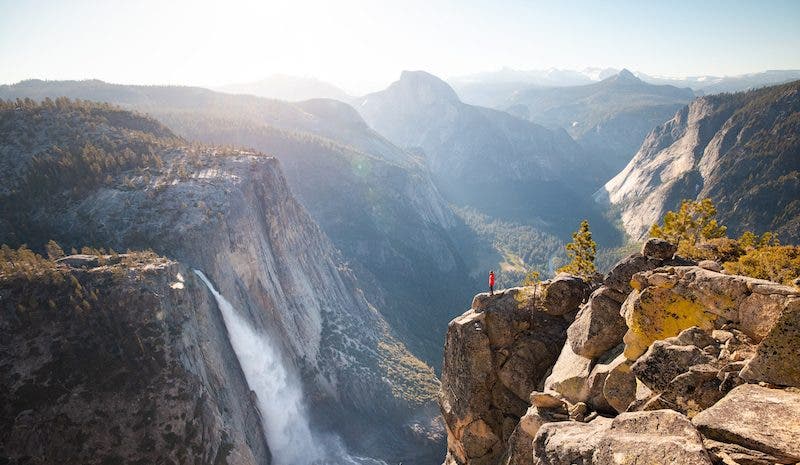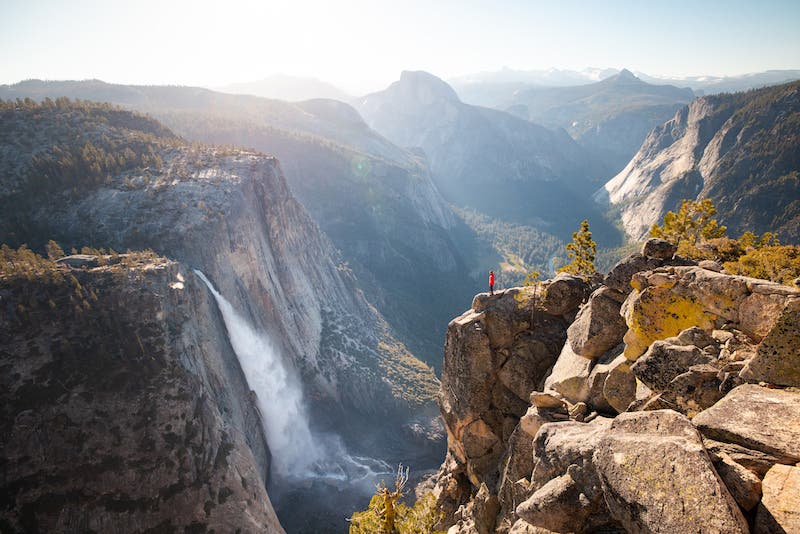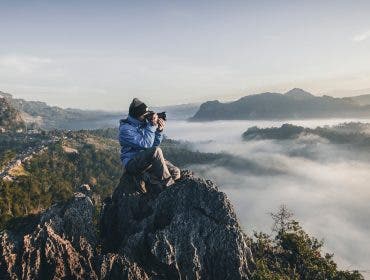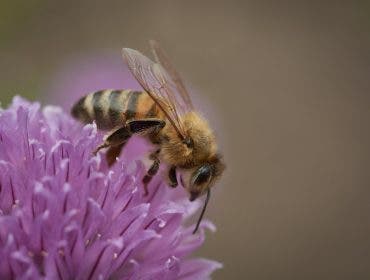Landscape photography is one of the most rewarding types of photography you can pursue. Every time you step into the field, you have the opportunity to capture a singular moment in natural history that can’t ever be duplicated. If you’re new to photography or interested in pursuing more landscape work, this article is for you. Here are six tips for nature landscape photography.
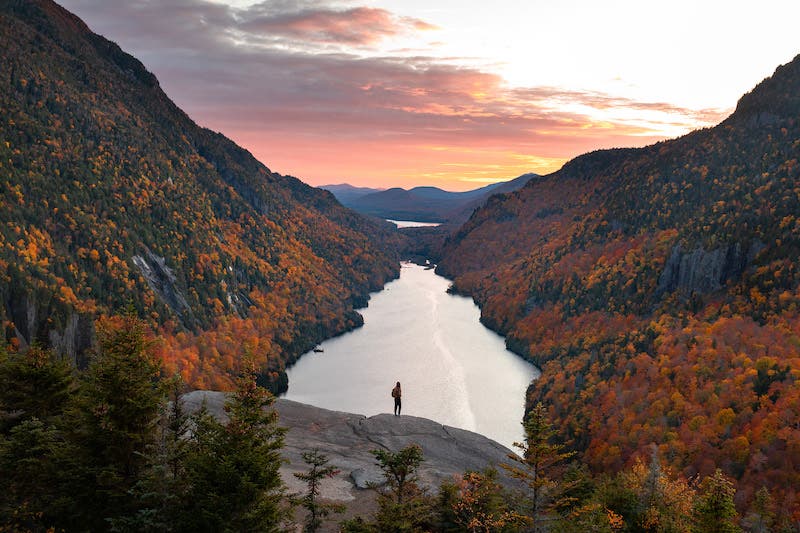
Practice patience
One of the most important tips for shooting landscape photography is to practice patience every time you go out into the field.
As a professional photographer, I still struggle with this because I tend to set unrealistic expectations about timing and how long things take. But the reality is, the best shots take the most time and the greatest amount of patience. Whether you’re waiting for several days for a weather system to move off a mountain range or several hours for a storm to clear from the coast, you are constantly waiting as a landscape photographer in nature. Famous sayings like “Good things come to those who wait” and “Good things take time” sound cliche, but they’re true when it comes to this field.
Understand that photographing landscapes in nature take time. Be patient, or you may give up and miss out on some of the best shots of your career.
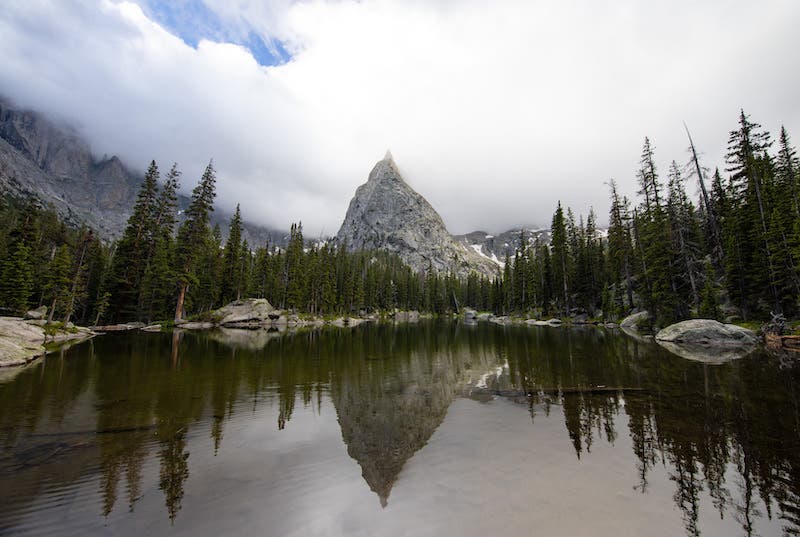
Know that nothing is guaranteed
Another tip to understand is that nothing in landscape photography is ever guaranteed. Nature may be beautiful, but it is also unforgiving. It doesn’t care if you planned for months or even years to photograph a location. It doesn’t care about the effort it took to get there. Nature doesn’t like to play nice and you may leave a location empty-handed. Truth be told, it happens all the time.
With that said, if you go into every photoshoot in the field with a mindset and understanding that there could be a strong chance weather or other conditions could derail a shoot, it will help tremendously.
Landscape photography is not just rewarding because of the chance to experience and photograph the beauty of the planet. It’s rewarding because those incredible shots and conditions you hope and plan for aren’t guaranteed. That reality makes you always appreciate the moments and never take them for granted.
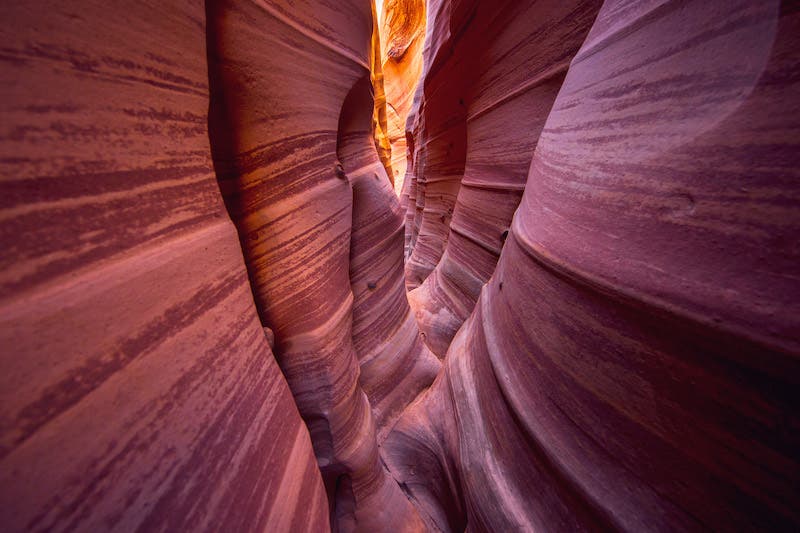
Expand from the wide-angle
The next tip is to expand from the traditional wide-angle perspective. While wide-angle lenses are essential for any landscape photographer’s kit, don’t ever let a lens limit what you can create.
Personally, I love to shoot landscape photography with a longer telephoto lens, like a 70-200mm or 100-400mm. A lens with a longer focal length allows for unique perspectives and lens effects not seen by the human eye. This could be spotting specific details in a landscape, a unique subject that stands out, or compressing a subject to create the effect that the background is closer than it really is.
Don’t just focus on your wide angle or ultrawide angle lenses. No matter if it’s a telephoto or a macro lens, you expand your possibilities, perspectives, and opportunities when you shoot with a variety of other lenses.

Incorporate human subjects
Don’t be afraid to incorporate human subjects into your landscape shots. While purists may scoff at this concept, some of the most dynamic images in the industry capture the scale of a human subject in contrast to the vastness of nature.
You can do things like backlighting and silhouetting your subject. You can also place your subject in a lighter section of the landscape to avoid them being lost in the shadows. If they are wearing a bright shirt or jacket, they will stand out against the earthy tones you’re shooting in too.
Whether you’re on a mountain summit with rows of jagged peaks or a massive canyon overlook, learn how to effectively incorporate human subjects in your landscape composition. It will pay dividends to your future landscape images.
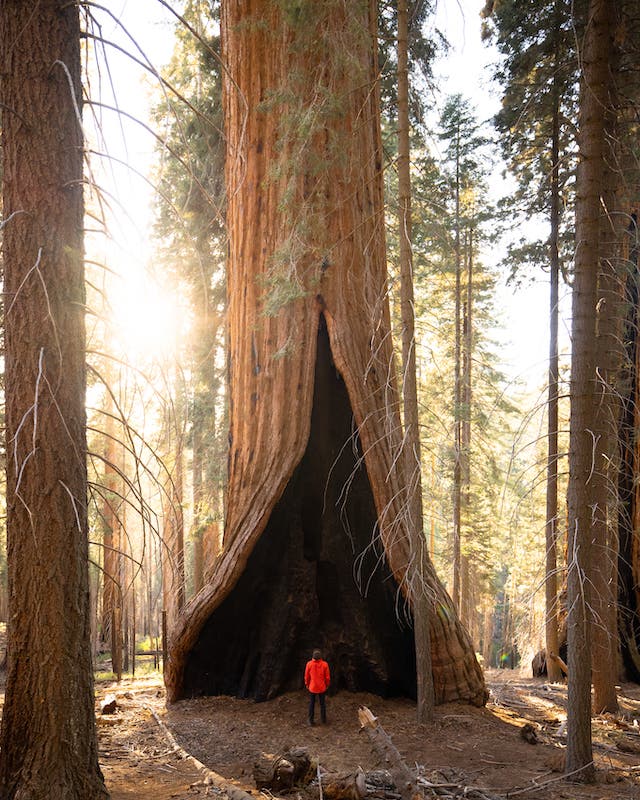
Do your research
There are so many factors that come to play when photographing in nature that require a lot of research. You need to know about the weather, temperature, wildlife, lighting conditions, backcountry and park permits, and travel conditions. The list goes on and on.
If you don’t do your research and blindly go into the field, you’ll not only set yourself up for failure but you could put yourself in danger as well. Photographing the outdoors is amazing but dangerous at times. You need to know everything you can about the wild landscapes you are exploring and photographing.
Doing research about these landscapes beforehand also makes you more educated and informed on which cameras and lenses to bring. This can lower your gear weight and allow you to take much better photos.
In the end, it always pays to do your research. It makes you more informed and educated as a photographer and better prepared to handle the challenges you may face.
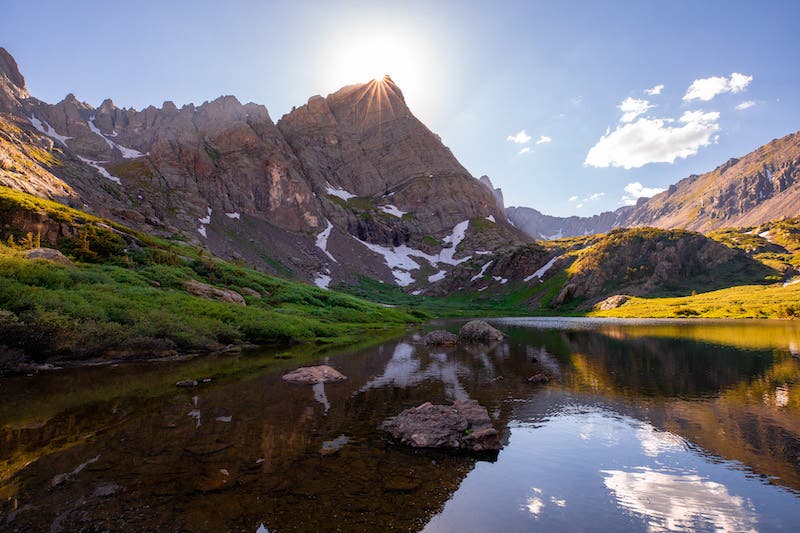
Show respect
Finally, this goes without saying, but always respect the landscapes you photograph. As photographers who capture the beauty of our planet, we have a responsibility to protect and preserve it.
That means pack in what you pack out. Practice the “Leave No Trace” principles. Leave every landscape better than you found it. As the famous saying goes, “Take only photos and leave only footprints.”
